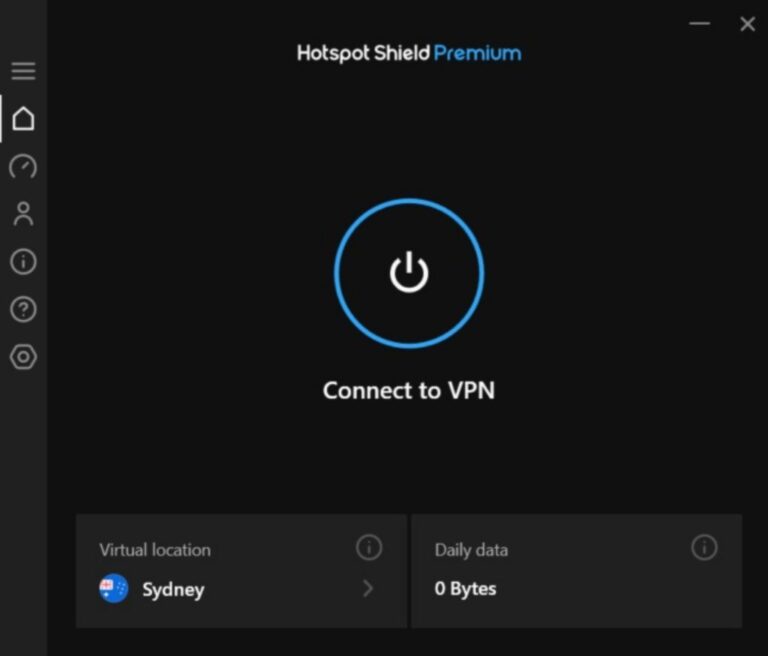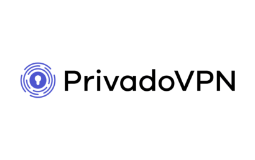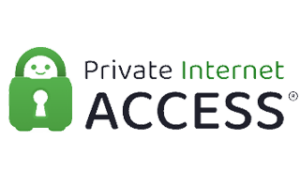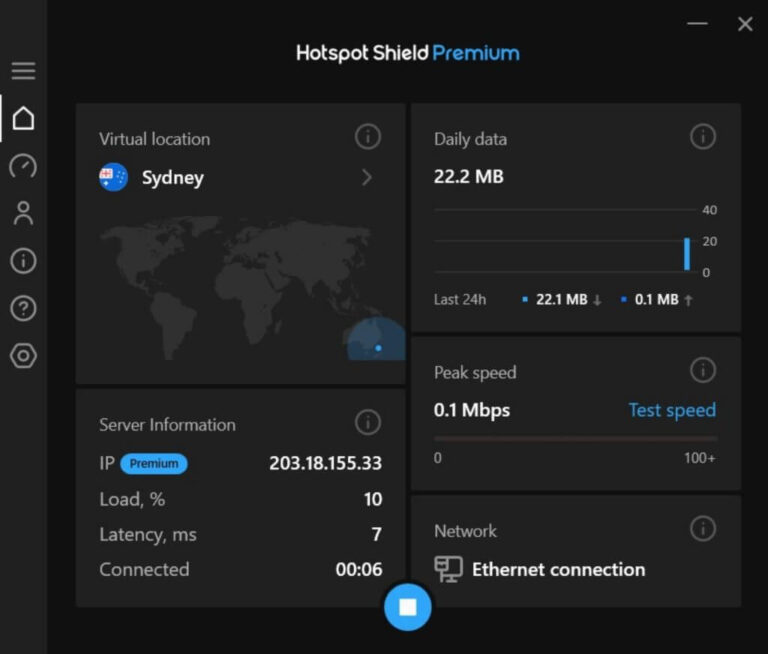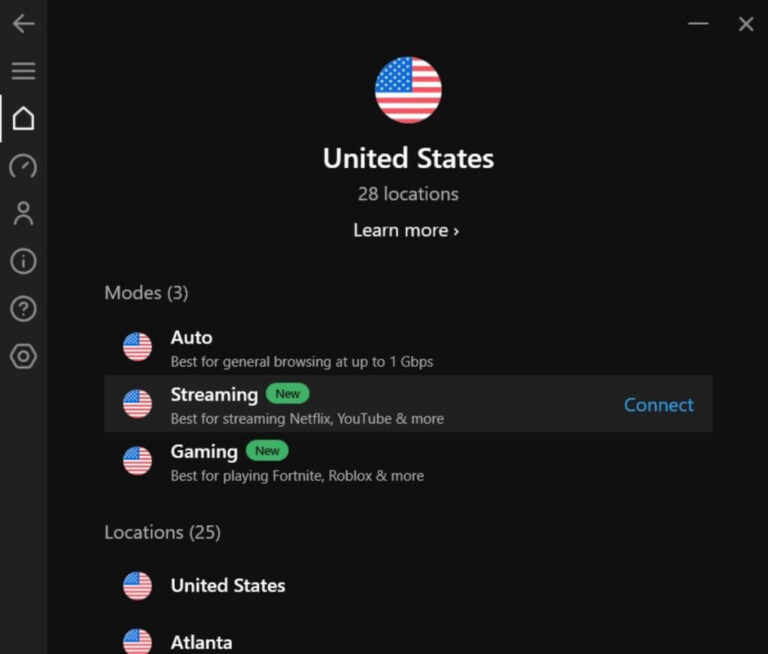Optus Mobile Review ALDI Mobile Review Amaysim Mobile Review Belong Mobile Review Circles.Life Review Vodafone Mobile Review Woolworths Mobile Review Felix Mobile Review Best iPhone Plans Best Family Mobile Plans Best Budget Smartphones Best Prepaid Plans Best SIM-Only Plans Best Plans For Kids And Teens Best Cheap Mobile Plans Telstra vs Optus Mobile Optus NBN Review Belong NBN Review Vodafone NBN Review Superloop NBN Review Aussie BB NBN Review iiNet NBN Review MyRepublic NBN Review TPG NBN Review Best NBN Satellite Plans Best NBN Alternatives Best NBN Providers Best Home Wireless Plans What is a Good NBN Speed? Test NBN Speed How to speed up your internet Optus vs Telstra Broadband ExpressVPN Review CyberGhost VPN Review NordVPN Review PureVPN Review Norton Secure VPN Review IPVanish VPN Review Windscribe VPN Review Hotspot Shield VPN Review Best cheap VPN services Best VPN for streaming Best VPNs for gaming What is a VPN? VPNs for ad-blocking One number internet speedsters will care about, though, is how much a VPN slows down your internet connection. And given that’s exactly what happens as soon as you connect to a VPN server, even one close to home, this is where Hotspot Shield zips in as a high-speed contender. Of our top five VPNs, Hotspot Shield is second only to ExpressVPN for annual pricing, albeit it does have the unique benefit of offering a Family subscription that allows for up to five accounts. If you can split the cost with even one other person, Hotspot Shield’s monthly value increases significantly. That said, as you can see from the pricing table below, the Hotspot Shield Family plan isn’t as feature-rich as the Premium version. Sure, it’s clearly intended to give VPN newbies a free taste of the service, but you’re honestly better off ponying up some cash and making a calendar note for the 45-day money-back guarantee if you feel Hotspot Shield is not for you. This way, you’re using a Hotspot Shield Premium service that doesn’t have those restrictions and you’re getting a proper feel for a fully featured VPN service. Open the Hotspot Shield app or software and hit that big power button to connect. Then hit it again to disconnect. Easy. Connecting to a server takes around five seconds, but leave a few seconds grace afterwards to be fully connected. While not essential, it’s a nice touch that Hotspot Shield offers at-a-glance information for your current connection. You can see your data usage for the last 24 hours, the peak speed of your current connection, how you’re connected (wired or WiFi) as well as server information, which includes your current IP address, time connected, latency and server load. Ideally, you want to connect to a Hotspot Shield server that has load under 80%. Thankfully, switching servers is almost as easy as one-tap connection/disconnection. Tap or click on the location of the Hotspot Shield server you’re currently connected to, then select from a list of quick-access alternatives, or find the country you’re after by scrolling through the alphabetised list. You can also search for a country or city at the top of this screen. Hotspot Shield advertises “80+ counties”, which translated to 85 at the time of updating this review, but its global server count of 3,200 puts it towards the bottom of the list of VPN services, ahead only of ExpressVPN’s 3,000+ server count. For context, the next highest server count above Hotspot Shield is NordVPN, which has 5,440 servers around the globe. It’s worth noting that server count only tends to matter when problems arise in a particular location and there aren’t as many backup options. This may be why Hotspot Shield simplifies this to allowing connection via location, rather than by the specific servers that may be in a single location. Part of this feels user-friendly in terms of automation, but there’s also a sense that this obfuscates the comparatively low server count. NordVPN, for instance, also simplifies by prioritising automated connection, then fastest servers, but you can also individually scroll through the servers in a country or location. Below is a list of the supported devices for Hotspot Shield:
iOS (iOS 11 and above) Android (OS 5.0 and above) Android TV (Android OS 5.0 and above) Mac (macOS X 10.12 and above) Windows (Windows 7 and above) Select routers Linux
It’s not as extensive as other VPN providers, but it covers the most popular devices. If you configure one of those select routers for use with Hotspot Shield, it means that every device connected to that router will be using the VPN when it’s connected. On one hand, this means you can have a whole lot of devices technically only using one of your account’s five connections. On the other, it’s more complicated to set up and the blanket VPN approach means devices you may not want using a VPN are also forced to connect whenever it’s activated. For streaming, the fast speeds of Hotspot Shield servers tends to result in getting you into the content you want to watch in less time. Strangely, the Auto and Streaming picks for the US didn’t work for my Peacock tests, but I was able to stream when I stuck with the faster manually selected Los Angeles connection. Below is a table that uses the 3% speed difference when connecting to a US server with Hotspot Shield and applies it to the average typical evening download speeds (TEDS) for the different NBN speed tiers. Results are relative to the bandwidth requirements of popular US 4K streaming services and also take into account how many possible simultaneous streams are allowed with a single account (Hulu lets you upgrade to unlimited screens). The bigger concern in comparisons with other providers like NordVPN and ExpressVPN is Hotspot Shield’s privacy policy. While all of the other top-five VPN providers promote zero-logging policies, Hotspot Shield tracks certain information for Premium users and even more for those on the Basic version. If that doesn’t deter you, Hotspot Shield has a generous 45-day money-back guarantee that’s equalled by CyberGhost but beats out PureVPN, ExpressVPN and NordVPN.
